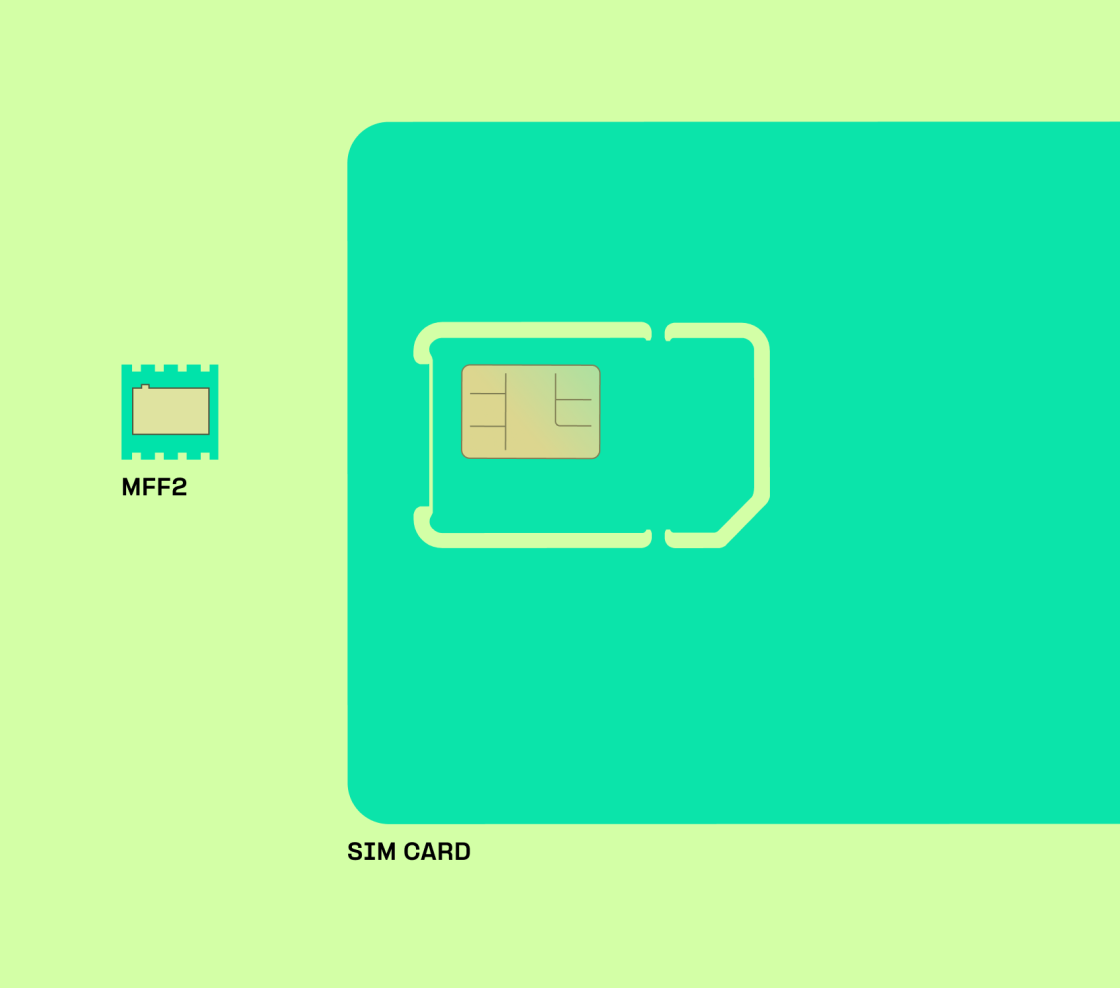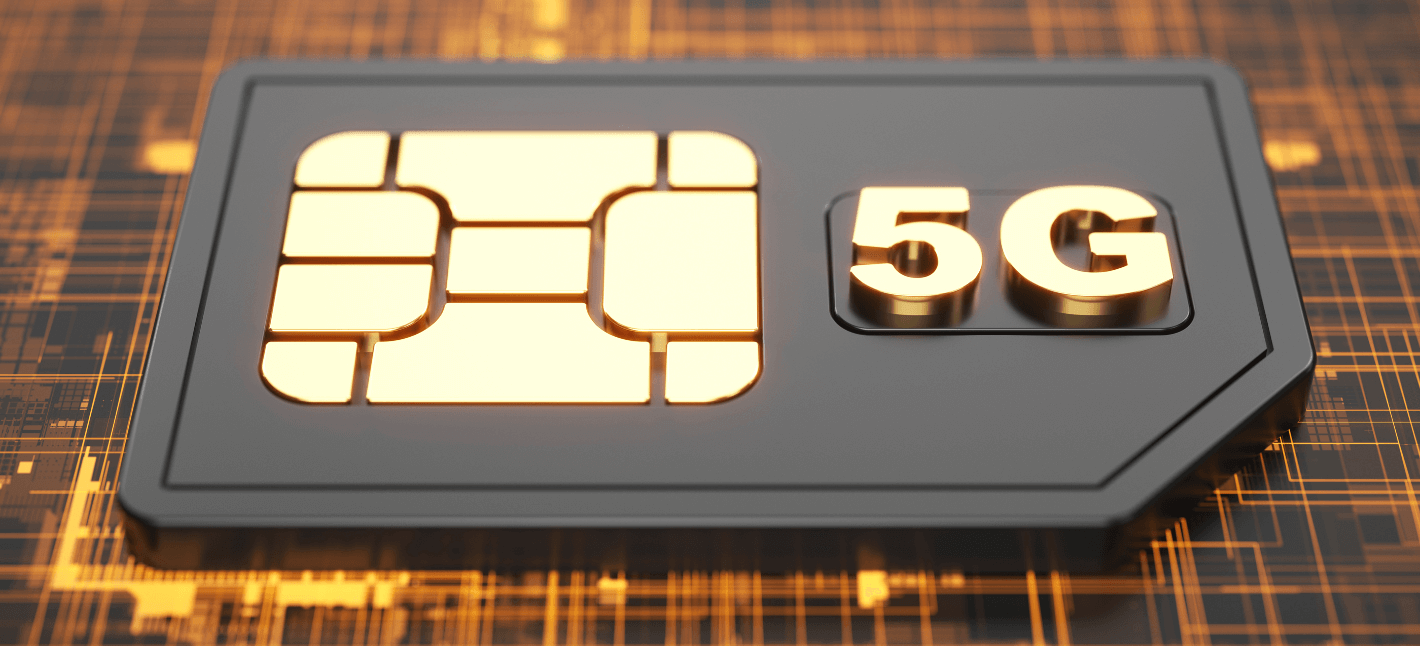Ssh Access Iot Devices What Is an IoT Device?
Ssh Access Iot Devices What Is an IoT Device?
Blog Article
Remote Access Iot Devices Examples What Is the Internet of Things?
The idea of smart cities relies closely on the integration of expertise and communication techniques to enhance city residing. One of the first components in creating these superior urban environments is IoT connectivity choices for smart cities. These options facilitate the communication amongst varied gadgets, enabling revolutionary purposes that improve the standard of life for residents.
IoT, or the Internet of Things, encompasses a vast array of gadgets that acquire and trade knowledge via the web (Ssh Access Iot Devices). In the context of smart cities, this could embrace something from smart streetlights that adjust brightness based on pedestrian motion to environmental sensors monitoring air quality. Effective IoT connectivity options are essential for guaranteeing that these devices can communicate seamlessly, offering real-time information to city planners and citizens alike.
Several types of connectivity options are usually employed in smart cities, each with distinctive characteristics and capabilities. Cellular networks, as an example, offer widespread coverage and better knowledge throughput. They enable IoT devices to speak effectively, particularly in areas where other types of connectivity may be restricted. Many smart metropolis applications rely on cellular know-how to make sure constant data streaming and interaction.
What Are Iot Devices Guide to IoT for Marketers
Low-Power Wide-Area Networks, or LPWAN, is one other prominent choice. This know-how is designed specifically for low-bandwidth and low-power purposes. LPWAN is particularly useful for sensor information, making it ideal for smart agriculture, waste administration, and environmental monitoring. The long-range capabilities of LPWAN additionally mean fewer base stations are required, making deployment more economical.
Wi-Fi is usually used for connecting units in additional localized smart city deployments - Remotely Access Iot Devices Web Free. This option is efficient for city areas with existing infrastructure, permitting varied gadgets to attach without incurring significant prices. However, Wi-Fi connections can wrestle when it comes to vary and battery life for remote IoT devices. Solutions to reinforce Wi-Fi protection can include mesh networks that extend connectivity.
Another notable interplay technology employed in smart cities is Zigbee. This low-power, short-range wi-fi communication standard serves various functions from lighting methods to residence automation. Zigbee is especially helpful in dense city settings where many devices are in close proximity to each other, offering a robust possibility for local mesh networks.
Remote Access Iot Devices IoT Devices Definition and Examples
Bluetooth is also making vital inroads in the smart metropolis landscape. Its low energy consumption and ease of use make it a popular alternative for connecting personal units to metropolis infrastructure. Applications such as smart parking techniques and public transport apps utilize Bluetooth connectivity to streamline companies for users.
Fiber optic networks present another layer of IoT connectivity options, particularly for the backbone infrastructure of smart cities. They support excessive information transfer rates and may deal with substantial amounts of information from various sensors and methods. This possibility is important for central data centers, guaranteeing that the immense quantity of data generated by smart city units is efficiently processed.
Remotely Access Iot Devices Ssh Web IoT Technologies Explained Overview
The integration of satellite expertise is a rising tendencies, particularly for rural or underconnected areas. This option permits cities to achieve far-flung devices that traditional networks won't service successfully. While satellite connectivity is probably not as low in latency as different options, it's important for complete smart city protection.
As smart cities evolve, the potential of integrating multiple IoT connectivity options turns into more and more viable. A hybrid strategy can yield flexibility, permitting cities to maximize the strengths of assorted technologies while mitigating their weaknesses. This adaptability permits cities to respond to altering needs and the proliferation of recent technologies.
Critical concerns must also be addressed when discussing IoT connectivity options for smart cities, significantly within the realms of security and interoperability. As extra units turn out to be interconnected, the chance of cyberattacks proliferates. City planners need to make sure that robust cybersecurity measures are in place to guard sensitive knowledge.
How Iot Devices Are Managed? IoT Devices for Connected Living
Moreover, ensuring interoperability amongst disparate techniques and units is essential. Smart cities comprise numerous technologies and platforms, and without standardized protocols, they could fail to speak successfully. Emphasizing open this page standards allows cities to integrate diverse techniques, fostering collaboration and innovation.

The role of government and public coverage in promoting IoT connectivity in smart cities cannot be underestimated. Transparent insurance policies might help accelerate the deployment of essential infrastructure. Additionally, municipalities can collaborate with personal sector stakeholders to facilitate investment in IoT technologies and connectivity options.
Community engagement is another important element of developing profitable IoT connectivity options. Residents’ insights can inform city planners' choices concerning the place to implement smart technologies. By fostering a culture of participation, cities can tailor IoT solutions to higher meet the wants and preferences of their citizens.
Smart cities hold the potential to create more sustainable, environment friendly, and livable environments. By leveraging numerous IoT connectivity options, metropolis planners can optimize assets and infrastructure. This capability turns into particularly necessary in the face of rising city populations and environmental challenges.
What Are Iot Devices Internet of Things Technology Overview
As urban areas continue to expand, the demand for progressive solutions will only increase. IoT connectivity will play a crucial position in addressing these calls for, enabling cities to function extra intelligently. Through collaboration, funding, and engagement, smart cities can harness the ability of linked technologies to foster sustainable city development.
This journey towards creating smarter urban environments is both an thrilling opportunity and a big problem. As cities embrace IoT connectivity, they have to navigate complexities whereas striving for inclusive, efficient, and resilient solutions.
Industrial Iot Devices Number of IoT Devices 2024
In conclusion, the future of urban dwelling will more and more rely upon the successful integration of IoT connectivity choices. They provide the spine for revolutionary functions that improve everyday life, present important information for knowledgeable decision-making, and contribute to the sustainable progress of cities. By leveraging a spread of technologies and addressing challenges successfully, smart cities can paved the way into a more connected, efficient, and sustainable future.
- Wi-Fi networks enhance connectivity in urban areas, offering seamless web entry for IoT units in public spaces.
How Iot Devices Are Managed? Internet of Things History Overview
- Cellular networks, together with 4G and 5G, supply high-speed data transmission essential for real-time communication among smart metropolis components.
- Low Power Wide Area Network (LPWAN) technologies, such as LoRaWAN, allow long-range knowledge transmission with minimal energy consumption, ideal for sensors.
(How To Connect Iot Devices)
Ssh Iot Devices Free Getting Started with IoT Devices
- Zigbee and Z-Wave are short-range communication protocols that facilitate device-to-device connections for home automation and localized IoT purposes.
- Satellite connectivity serves remote areas of smart cities where terrestrial networks may be restricted, providing global communication protection.
- Bluetooth technology allows for quick connections between gadgets and access points, beneficial for localized smart metropolis options like smart signage.
- Ethernet connections ship stable and high-bandwidth hyperlinks between central information techniques and IoT gadgets in city infrastructure.
Remote Monitoring Of Iot Devices What Is IoT Device Management?
- Mesh networking permits gadgets to speak with each other, increasing protection and reliability in densely populated areas with minimal centralized infrastructure.
- Fiber optic networks present the spine for smart metropolis data transmission, supporting vast amounts of information site visitors at high speeds.
- Edge computing in smart cities minimizes latency by processing information closer to its supply, ensuring environment friendly response instances for related purposes.
What are the commonest IoT connectivity options for smart cities?
Iot Devices IoT and Data Placement Overview

Common IoT connectivity choices for smart cities embrace cellular networks (like 4G/5G), LPWAN (Low Power Wide Area Network) technologies corresponding to LoRaWAN and Sigfox, Wi-Fi, and Bluetooth. Each has its strengths, serving numerous purposes depending on vary, energy consumption, and knowledge rate necessities.
How does 5G enhance IoT connectivity in city areas?
5G enhances IoT connectivity by offering faster information transfer speeds, decrease latency, and the power to connect a massive variety of devices concurrently. This is essential for applications like smart site visitors management and real-time public safety monitoring, thereby bettering general urban effectivity.
What position does LPWAN play in smart city applications?
Remotely Manage Iot Devices Internet of Things Definition Overview
LPWAN is designed particularly for low-power, long-range communication, making it best for battery-operated sensors and devices in smart cities. LPWAN can help wide-area protection with minimal energy consumption, which is especially beneficial for purposes like waste administration and environmental monitoring.
What are the security issues with IoT connectivity in smart cities?
Security considerations embody information privateness, unauthorized entry to units, and potential service disruptions. Smart cities must implement strong encryption methods, secure authentication processes, and continuous monitoring to safeguard towards cyber threats, ensuring the integrity and reliability of connected methods.

How can smart cities balance connectivity prices with performance?
Best Remote Internet Access Iot Devices IoT Devices for Connected Living
Smart cities can strike a balance by conducting a radical cost-benefit get redirected here evaluation of varied connectivity options, prioritizing solutions that provide the proper trade-off between efficiency, coverage, and price. This might contain utilizing a mix of technologies to optimize expenditures while assembly specific software wants.
What are the implications of community reliability on smart city IoT applications?
List Of Iot Devices Explanation of Internet of Things
Network reliability is critical for smart city IoT applications, as inconsistent connectivity can result in knowledge loss and system failures. To mitigate this, cities ought to spend cash on redundant connectivity options and incorporate edge computing to attenuate downtime and guarantee continuous operation of critical services.
What factors should city planners consider when choosing IoT connectivity options?
City planners should think about factors corresponding to protection space, inhabitants density, system density, energy consumption, and the character of the IoT purposes being deployed. Understanding these elements helps be positive that the chosen connectivity options effectively meet the unique needs of the urban environment.
Can existing infrastructure support new IoT connectivity options?
Best Remotely Access Iot Devices Web 9 IoT Devices Integrate with ERP
Many existing infrastructures can be retrofitted or expanded to support IoT connectivity options. Upgrading community hardware, including new base stations, or integrating LPWAN into current methods can facilitate the expansion of smart metropolis initiatives without requiring completely new infrastructure investments.
How do IoT connectivity options impact sustainability in smart cities?
IoT connectivity choices can improve sustainability by facilitating smarter resource management, lowering energy consumption, and optimizing waste disposal. Technologies like smart sensors monitor varied environmental factors, which assist authorities make data-driven choices that positively affect urban sustainability.
Report this page